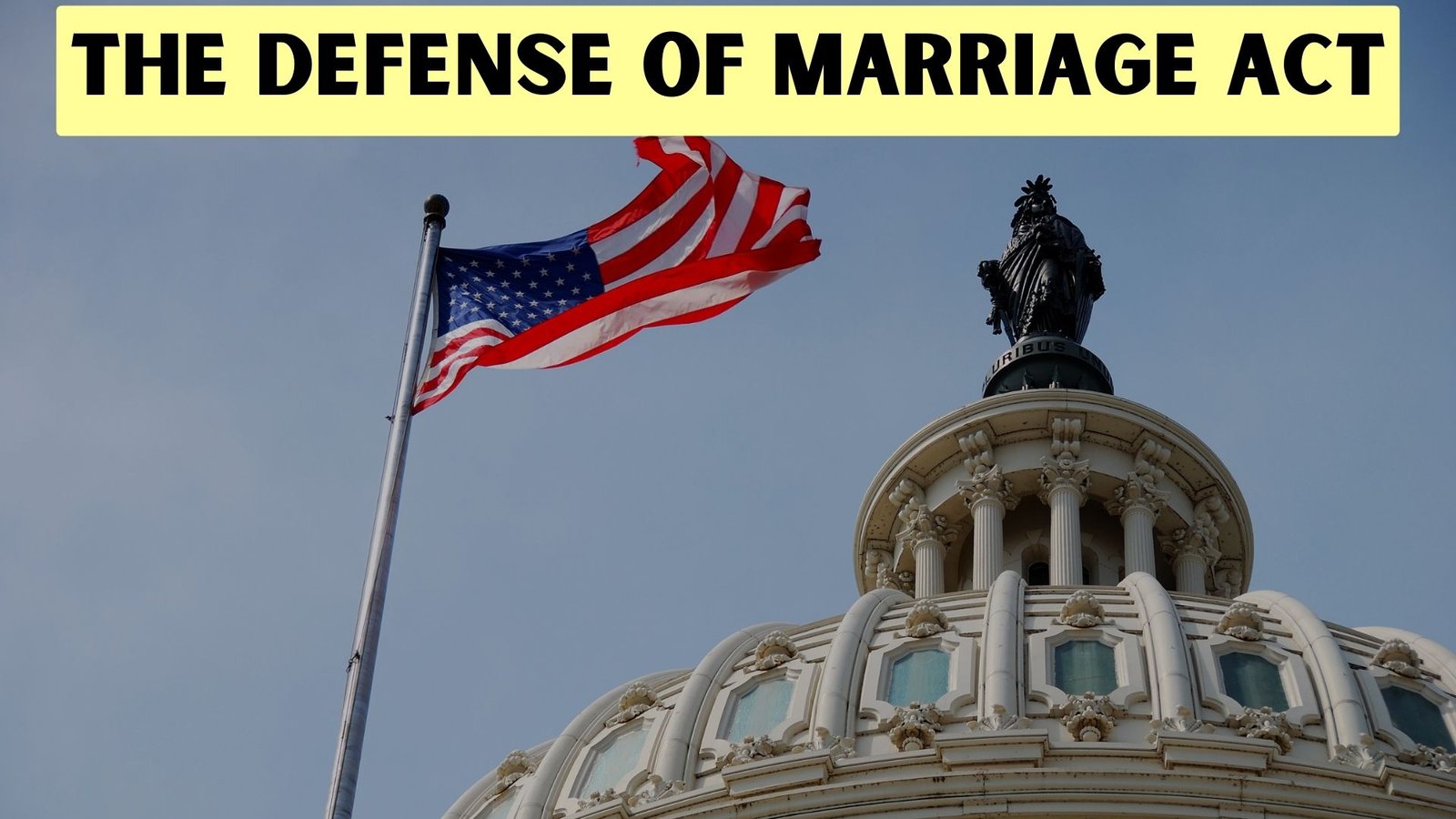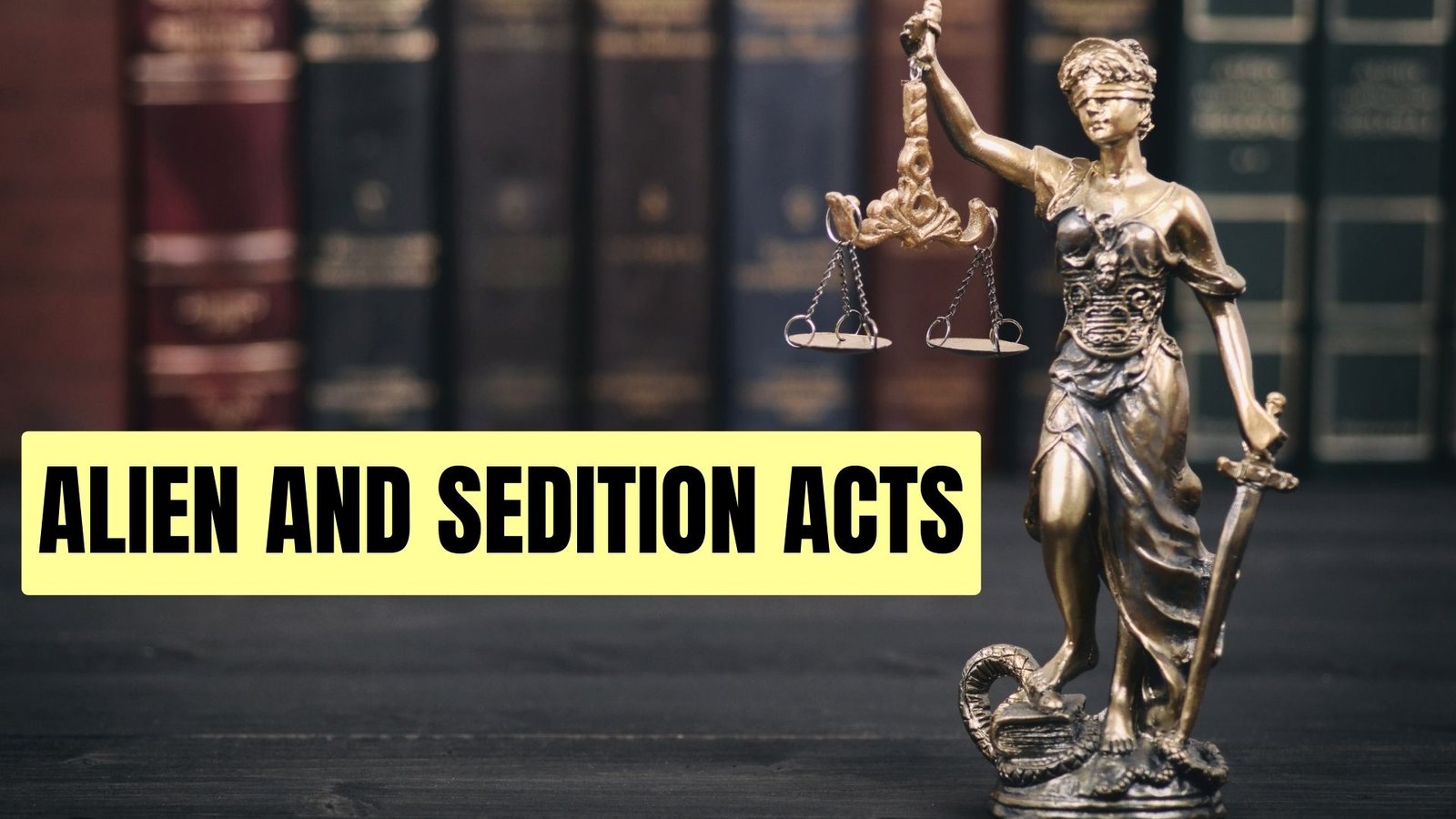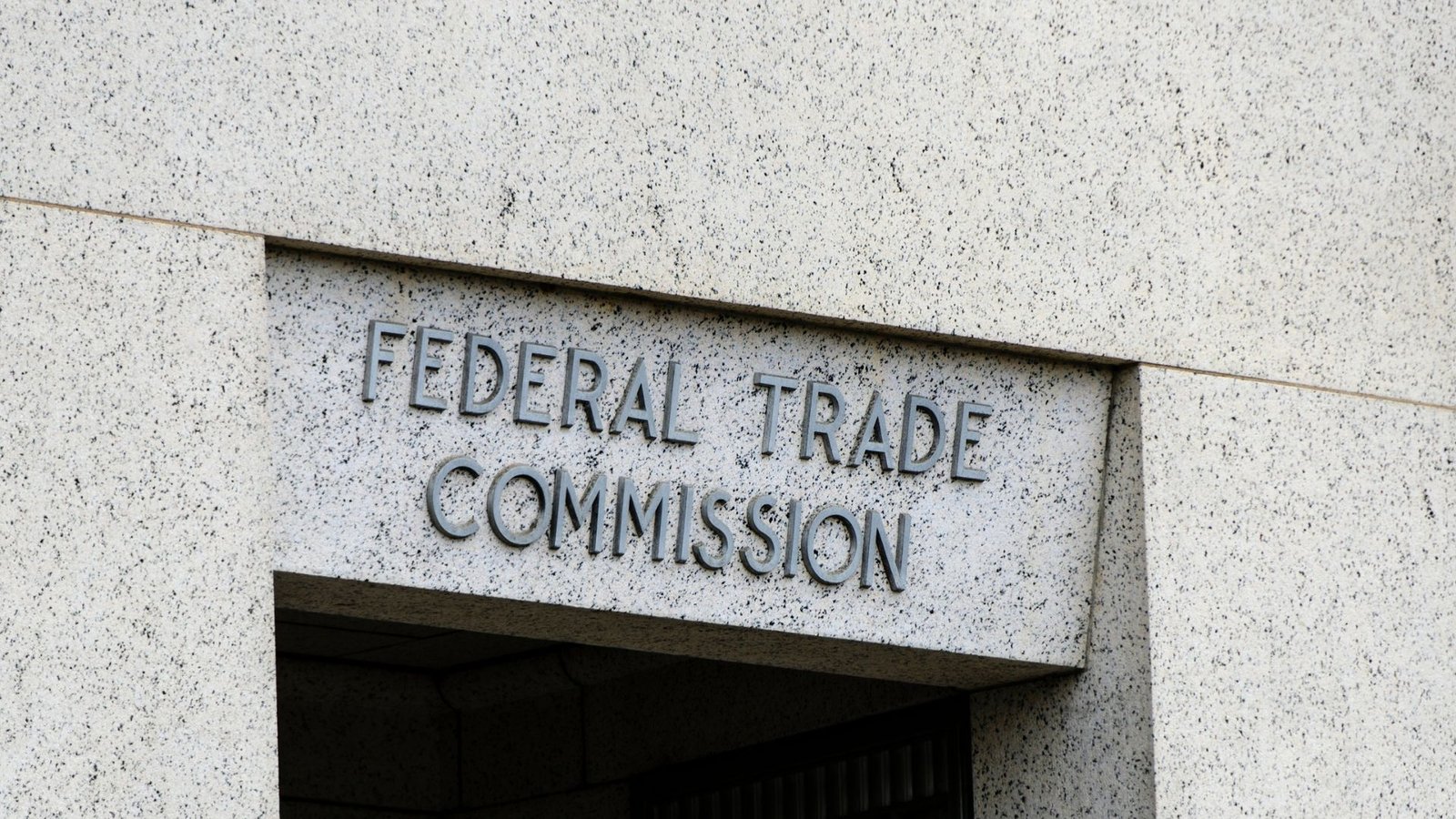On this page you will read detailed information about the Defense of Marriage Act.
As you examine the Defense of Marriage Act, which defined marriage as between one man and one woman for federal purposes, you must consider the political and social context in which it was passed. This law, enacted in 1996 when attitudes toward same-sex marriage were considerably more negative, was designed to allow states to refuse to recognize such marriages performed in other states. While the Supreme Court overturned Section 3 of DOMA in 2013, its passage provides insight into a divisive debate that continued for decades. In your analysis, you will explore the motivations behind DOMA’s enactment, the legal challenges that led to its partial repeal, and its lasting impacts on marriage equality in America.
What Is the Defense of Marriage Act?
The Defense of Marriage Act (DOMA) is a federal law passed by Congress in 1996 that defines marriage as the legal union of one man and one woman as husband and wife.
It prohibits federal recognition of same-sex marriages for purposes such as insurance benefits, immigration, and taxation. DOMA also allows states to refuse to recognize same-sex marriages performed under the laws of other states.
Definition of Marriage
Under DOMA, marriage is defined as “a legal union between one man and one woman as husband and wife.” This restrictive definition means that same-sex couples are denied federal marriage benefits and protections. DOMA also releases states from the obligation to recognize same-sex marriages performed in other states.
Impact and Effects
By defining marriage as between a man and woman, DOMA denied federal benefits and protections to lawfully married same-sex couples. These include social security, health insurance, family medical leave, and tax benefits. DOMA also allowed states to refuse to recognize same-sex marriages from other states, creating uncertainty and hardship for couples.
Challenges and Repeal
In 2013, the U.S. Supreme Court ruled in U.S. v. Windsor that section 3 of DOMA was unconstitutional. Section 3 defined marriage and spouse for federal purposes. The court found that it violated equal protection principles. However, Section 2, which allowed states to refuse to recognize same-sex marriages from other states, remained in effect. Section 2 was finally repealed in 2015 following the Supreme Court’s decision in Obergefell v. Hodges, which legalized same-sex marriage nationwide.
DOMA highlights the ongoing struggle for LGBT rights and marriage equality in America. Its passage denied same-sex couples basic rights and protections for over 15 years before being repealed. The act serves as an important reminder of past discrimination that the LGBT community has faced.
In the previous post, we had shared information about The Controversial Alien and Sedition Acts of 1798, so read that post also.
History and Background of the Defense of Marriage Act
The Defense of Marriage Act (DOMA) was enacted in 1996 under President Bill Clinton. DOMA granted states the right to refuse to recognize same-sex marriages granted under the laws of other states. It also defined marriage as the legal union of one man and one woman for federal and inter-state recognition purposes.
DOMA emerged amid a backdrop of societal and political debates over same-sex marriage in the 1990s. As some states began granting marriage rights to same-sex couples, others sought to restrict marriage to opposite-sex couples. DOMA reaffirmed the right of each state to decide which marriages it would and would not recognize.
Passage by Congress
DOMA was approved with bipartisan support in Congress and signed into law by President Clinton. The act was a compromise that sought to both affirm states’ rights in determining marriage policy as well as define marriage for federal government purposes. Its supporters argued that it strengthened traditional marriage and promoted responsible procreation and child-rearing.
Legal Challenges and Repeal
In 2013, the U.S. Supreme Court ruled in U.S. v. Windsor that Section 3 of DOMA was unconstitutional. Section 3 had prohibited the federal government from recognizing same-sex marriages that were legal under state law. The Court ruled that it violated the due process and equal protection principles of the Fifth Amendment. The following year, Attorney General Eric Holder announced the federal government would recognize same-sex marriages in federal matters and programs. Section 2 of DOMA, which had affirmed states’ rights to not recognize same-sex marriages from other states, remained in effect until it was repealed in 2015 through the Supreme Court’s decision in Obergefell v. Hodges, which legalized same-sex marriage nationwide.
The history of DOMA highlights the tensions between state and federal authority over marriage policy. It also reflected the gradual changes in societal and legal views on same-sex relationships over the late 20th and early 21st centuries.
Key Provisions in the Defense of Marriage Act
The Defense of Marriage Act (DOMA) was passed in 1996 to establish the federal definition of marriage as the legal union between one man and one woman. The law contains two key provisions that accomplish this goal.
Section 2
Section 2 of DOMA asserts that no state is required to recognize a same-sex marriage from another state. This provision grants each state the authority to establish its own laws regarding same-sex marriage and whether to recognize such unions from other states. At the time DOMA was passed, same-sex marriage was not legal in any U.S. state. Section 2 ensured that states opposed to same-sex marriage would not have to recognize such marriages from states that legalized them.
Section 3
Section 3 of DOMA codifies the federal definition of marriage as between a man and a woman. Under this provision, the federal government does not recognize same-sex marriages for the purpose of federal laws or programs, even in states where same-sex marriage is legal. This means that same-sex couples are denied many federal benefits of marriage, including Social Security survivor benefits, family medical leave, and joint tax filing. Section 3 has been found unconstitutional by the U.S. Supreme Court but still remains codified in law.
While DOMA established a federal definition of marriage to exclude same-sex couples, an increasing number of states have legalized same-sex marriage. The law is still in effect but its key provisions have been weakened significantly by state actions and court rulings. The legal landscape regarding same-sex marriage continues to evolve in the U.S. as advocates work to overturn remaining portions of DOMA and establish marriage equality nationwide.
Legal Challenges to the Defense of Marriage Act
The Defense of Marriage Act (DOMA) faced several legal challenges following its enactment in 1996. In 2013, the Supreme Court issued a landmark ruling in Windsor v. United States that struck down Section 3 of DOMA, which had prohibited the federal government from recognizing same-sex marriages. However, Section 2 of DOMA, which allows states to refuse to recognize same-sex marriages from other states, remains in effect.
Windsor v. United States
In Windsor v. United States, the Supreme Court ruled that Section 3 of DOMA was unconstitutional under the Due Process Clause of the Fifth Amendment. The case was brought by Edith Windsor, who was required to pay $363,000 in federal estate taxes after her female spouse died. Had the federal government recognized their marriage, Windsor would have qualified for an unlimited spousal deduction. The Court held that DOMA improperly deprived same-sex couples of the equal liberty and dignity afforded to opposite-sex couples.
Other Legal Challenges
There have been several other legal challenges to DOMA in federal courts. In Gill v. Office of Personnel Management, the First Circuit Court of Appeals ruled that Section 3 of DOMA violates the equal protection rights of same-sex couples. In Golinski v. Office of Personnel Management, a federal district judge found that Section 3 of DOMA should be subjected to heightened scrutiny because it discriminates against a group that has faced a history of discrimination. Under this standard, the judge found no legitimate government interest to justify DOMA’s discrimination against same-sex couples.
The legal battle over DOMA demonstrates the evolving views on same-sex marriage and LGBTQ rights in the U.S. While Section 2 of DOMA remains federal law, it will likely continue to face legal challenges arguing that it violates the equal protection and due process rights of same-sex couples. The ultimate fate of DOMA will depend on future rulings by the Supreme Court.
Supreme Court Rulings on the Defense of Marriage Act
Windsor v. United States (2013)
In the landmark 2013 case, Windsor v. United States, the Supreme Court ruled Section 3 of DOMA unconstitutional. The Court held that Section 3 violated the Fifth Amendment’s equal protection guarantee of the Constitution.The majority opinion stated that DOMA’s primary effect was to identify and make unequal a subset of state-sanctioned marriages. Justice Kennedy wrote that DOMA’s principal purpose was to impose inequality and that the Constitution does not permit the creation of second-class marriages.
Obergefell v. Hodges (2015)
Two years later, the Supreme Court took up the broader question of whether same-sex couples have a constitutional right to marry. In Obergefell v. Hodges (2015), the Court ruled that same-sex couples have the fundamental right to marry under the Due Process and Equal Protection Clauses of the Fourteenth Amendment. The 5-4 majority opinion, again authored by Justice Kennedy, struck down laws banning same-sex marriage, legalizing it throughout the U.S. The opinion stated that same-sex couples have the same right as opposite-sex couples to marry and that excluding them violates the Due Process and Equal Protection Clauses.
Impact
The Windsor and Obergefell rulings dismantled DOMA and legalized same-sex marriage nationwide. Same-sex spouses gained federal marriage benefits and recognition. The rulings were celebrated as victories for civil rights, bringing the U.S. closer to equality regardless of sexual orientation. However, some argued the Court overstepped and that same-sex marriage should be legalized through the political process, not judicial fiat. The rulings remain controversial, highlighting the ongoing debate over the scope of civil rights and judicial authority.
In conclusion, through its rulings in Windsor and Obergefell, the Supreme Court determined that denying federal marriage benefits to and banning same-sex marriage violated constitutional rights to equal protection and due process. By striking down Section 3 of DOMA and state laws prohibiting same-sex marriage, the Court established marriage equality as the law of the land.
Impact of the Defense of Marriage Act
The Defense of Marriage Act (DOMA) had far-reaching implications for same-sex couples following its passage in 1996. DOMA allowed states to refuse to recognize same-sex marriages performed under the laws of other states and prohibited same-sex spouses from receiving federal benefits.
Same-sex couples faced significant financial and legal hardships due to DOMA. They were denied access to health insurance and retirement benefits through their spouses’ employers and were unable to file joint tax returns, costing them thousands of dollars per year. DOMA also prevented them from making medical decisions on their spouses’ behalf in emergency situations.
In 2013, the Supreme Court ruled in United States v. Windsor that section 3 of DOMA was unconstitutional, as it violated the principles of equal protection and state sovereignty. However, section 2 of DOMA, which allows states to refuse to recognize same-sex marriages from other states, remained in effect. This created a confusing legal patchwork for same-sex couples, as their marital status changed when they crossed state borders.
The ruling in Obergefell v. Hodges in 2015 legalized same-sex marriage nationwide and invalidated section 2 of DOMA. Same-sex spouses gained access to the same federal benefits and legal protections as opposite-sex couples. They could finally enjoy the financial, medical, and legal benefits of marriage regardless of where they lived.
In summary, DOMA caused significant hardship for same-sex couples for nearly 20 years. Its repeal and the legalization of same-sex marriage conferred both tangible and intangible benefits to LGBTQ Americans and their families. Though much work remains to combat discrimination, these rulings were an important step toward equal rights and greater inclusiveness.
Repeal of the Defense of Marriage Act
The Defense of Marriage Act (DOMA) was a federal law that defined marriage as the union of one man and one woman. It was passed in 1996 but was ruled unconstitutional by the Supreme Court in 2013. The repeal of DOMA was an important step toward legalizing same-sex marriage in the U.S.
When DOMA was enacted, its supporters argued that it protected traditional marriages and families. However, it effectively discriminated against same-sex couples by denying them federal benefits and protections available to opposite-sex married couples. These included social security, healthcare and tax benefits. The repeal of DOMA granted same-sex couples equal access to these federal benefits and rights.
The repeal of DOMA reflected the growing acceptance of same-sex marriage in American society. Public opinion polls in 1996 showed only 27% of Americans supported same-sex marriage. When DOMA was struck down in 2013, polls showed 53% in favor of legalizing same-sex marriage. The repeal was an important milestone in the broader movement for LGBTQ rights and equality under the law.
While the repeal of DOMA granted same-sex couples federal rights and benefits, it did not legalize same-sex marriage nationwide. That only came in 2015, when the Supreme Court ruled in Obergefell v. Hodges that same-sex couples have the fundamental right to marry under the U.S. Constitution. The ruling required all 50 states to perform and recognize same-sex marriages. In many ways, the repeal of DOMA paved the way for the Supreme Court’s landmark decision in Obergefell two years later.
The repeal of the Defense of Marriage Act and the legalization of same-sex marriage were hard-fought victories in the long struggle for LGBTQ rights and equality. They granted same-sex couples access to the same rights and benefits that had long been available only to opposite-sex married couples. While discrimination still exists, these milestones represented important progress toward building a more just and inclusive society.
Current Status of Same-Sex Marriage Laws
The Defense of Marriage Act (DOMA) was a United States federal law passed by Congress in 1996 that defined marriage as the legal union between one man and one woman. However, in 2015 the U.S. Supreme Court’s decision in Obergefell v. Hodges legalized same-sex marriage nationwide. As a result, same-sex couples now have the right to marry in all 50 states and receive the same benefits as opposite-sex couples.
Despite the nationwide legalization of same-sex marriage, some states still have laws on the books that ban same-sex marriage. These unenforceable bans need to be formally repealed by state legislatures. As of 2021, 29 states still have statutory bans on same-sex marriage, while 13 states have constitutional bans. However, federal law overrides state law, so these bans have no legal force.
Some government agencies and private businesses have also been slow to update policies and procedures to recognize same-sex spouses. For example, some insurance companies and employers were initially reluctant to provide spousal benefits to same-sex couples or recognize them as dependents. However, following the Obergefell decision, government agencies and most large companies have updated their policies to provide equal benefits and rights to same-sex spouses.
In summary, while same-sex marriage is legal throughout the U.S., some outdated laws and policies still need to be updated to ensure same-sex couples receive equal rights and protections under the law. Additional court cases and advocacy may be needed to compel all government agencies and private businesses to recognize same-sex spouses and provide them equal benefits and protections. Overall, however, same-sex couples now have the liberty to marry whoever they love and receive the same rights and privileges as any other couple.
Frequently Asked Questions About the Defense of Marriage Act
The Defense of Marriage Act (DOMA) was a 1996 law passed by Congress and signed by President Bill Clinton that defined marriage as a legal union between one man and one woman. DOMA impacted over 1,000 federal laws and programs related to marriage. However, in 2013 the Supreme Court ruled DOMA unconstitutional in the United States v. Windsor case. Same-sex marriages have been legal in all 50 states since the 2015 Obergefell v. Hodges ruling.
DOMA prohibited federal recognition of same-sex marriages and allowed states to refuse to recognize same-sex marriages performed under the laws of other states. Specifically, Section 2 of DOMA allowed states to deny recognition of same-sex marriages performed in other states. Section 3 of DOMA federally defined marriage as a union between one man and one woman.
DOMA was enacted during a time when no states permitted same-sex marriages. Supporters argued DOMA promoted traditional marriage and protected states’ rights. However, DOMA was criticized as discriminatory against LGBT individuals and legally questionable.
Under DOMA, married same-sex couples were denied over 1,000 federal benefits and rights of marriage, including social security, housing, and tax benefits. DOMA also allowed states to refuse to recognize same-sex marriages from other states.
In United States v. Windsor, the Supreme Court ruled DOMA unconstitutional under the due process and equal protection principles of the Fifth Amendment. The Court found no legitimate government interest in denying federal benefits to legally married same-sex couples. The Windsor ruling paved the way for legal same-sex marriage nationwide.
Same-sex marriage has been legal in all 50 states since the 2015 Supreme Court decision in Obergefell v. Hodges which found state-level same-sex marriage bans unconstitutional. Over 2 million LGBT Americans today live in places where they can legally marry.
Conclusion
In reviewing the history and impact of the Defense of Marriage Act, we have seen how this legislation codified discrimination against same-sex couples by denying federal benefits and interstate recognition of their marriages. While some progress has been made, such as the Supreme Court overturning Section 3 in 2013, full equality under federal law remains elusive. As American society continues to evolve in its understanding and acceptance of same-sex relationships, the need for further reform of laws like DOMA becomes apparent. Achieving marriage equality is about more than the letter of the law – it is about affirming the dignity and humanity of all people. The principles enshrined in our Constitution call us to work towards a more just society. There is still work to be done, but step-by-step we can get there together.
Disclaimer
The information and services on this website are not intended to and shall not be used as legal advice. You should consult a Legal Professional for any legal or solicited advice. While we have good faith and our own independent research to every information listed on the website and do our best to ensure that the data provided is accurate. However, we do not guarantee the information provided is accurate and make no representation or warranty of any kind, express or implied, regarding the accuracy, adequacy, validity, reliability, availability, or completeness of any information on the Site. UNDER NO CIRCUMSTANCES SHALL WE HAVE ANY LIABILITY TO YOU FOR ANY LOSS OR DAMAGE OF ANY KIND INCURRED AS A RESULT OR RELIANCE ON ANY INFORMATION PROVIDED ON THE SITE. YOUR USE OF THE SITE AND YOUR RELIANCE ON ANY INFORMATION ON THE SITE IS SOLELY AT YOUR OWN RISK. Comments on this website are the sole responsibility of their writers so the accuracy, completeness, veracity, honesty, factuality and politeness of comments are not guaranteed.
So friends, today we talked about the Defense of Marriage Act, hope you liked our post.
If you liked the information about the Defense of Marriage Act, then definitely share this article with your friends.








